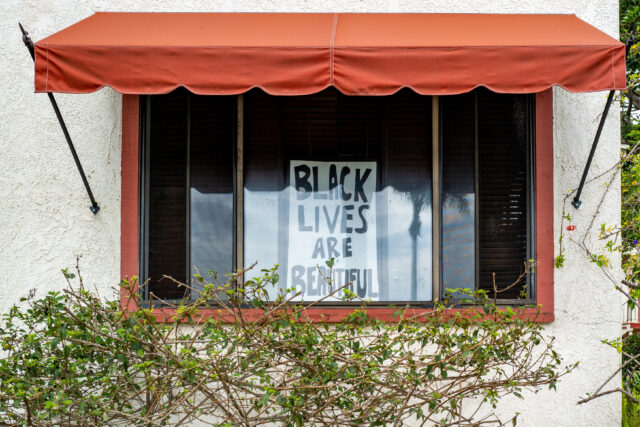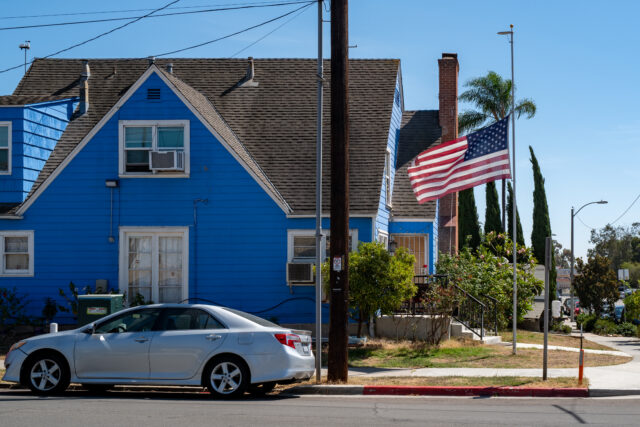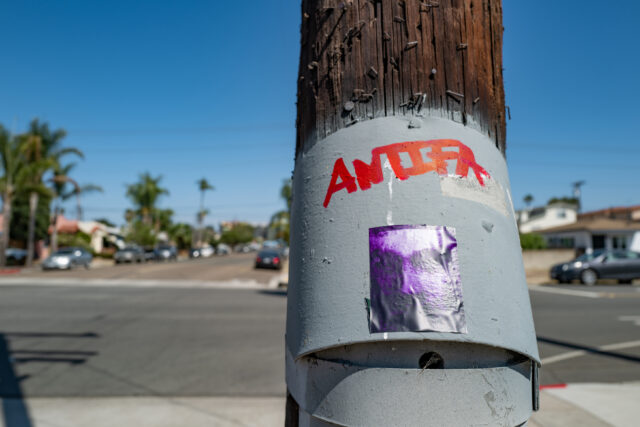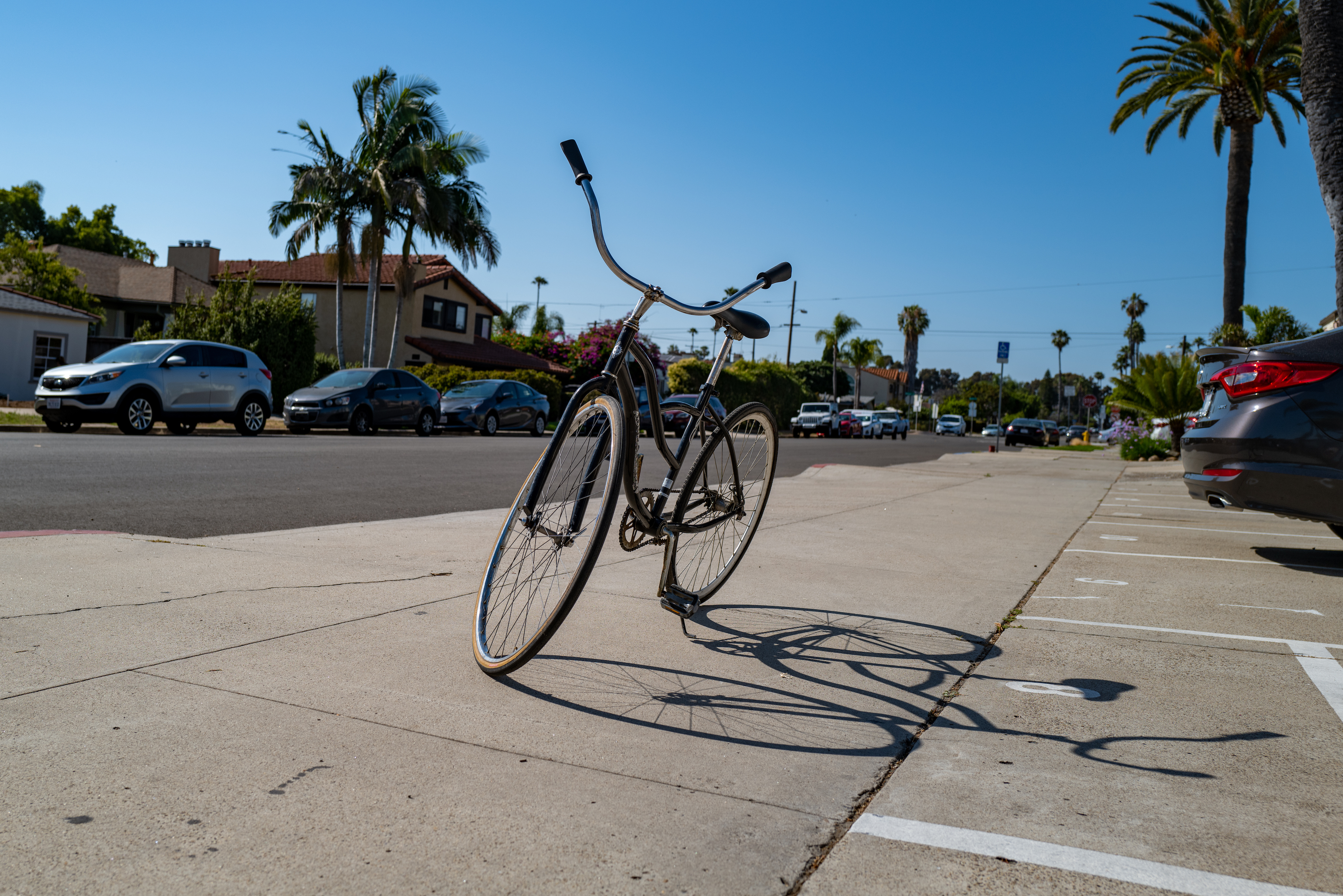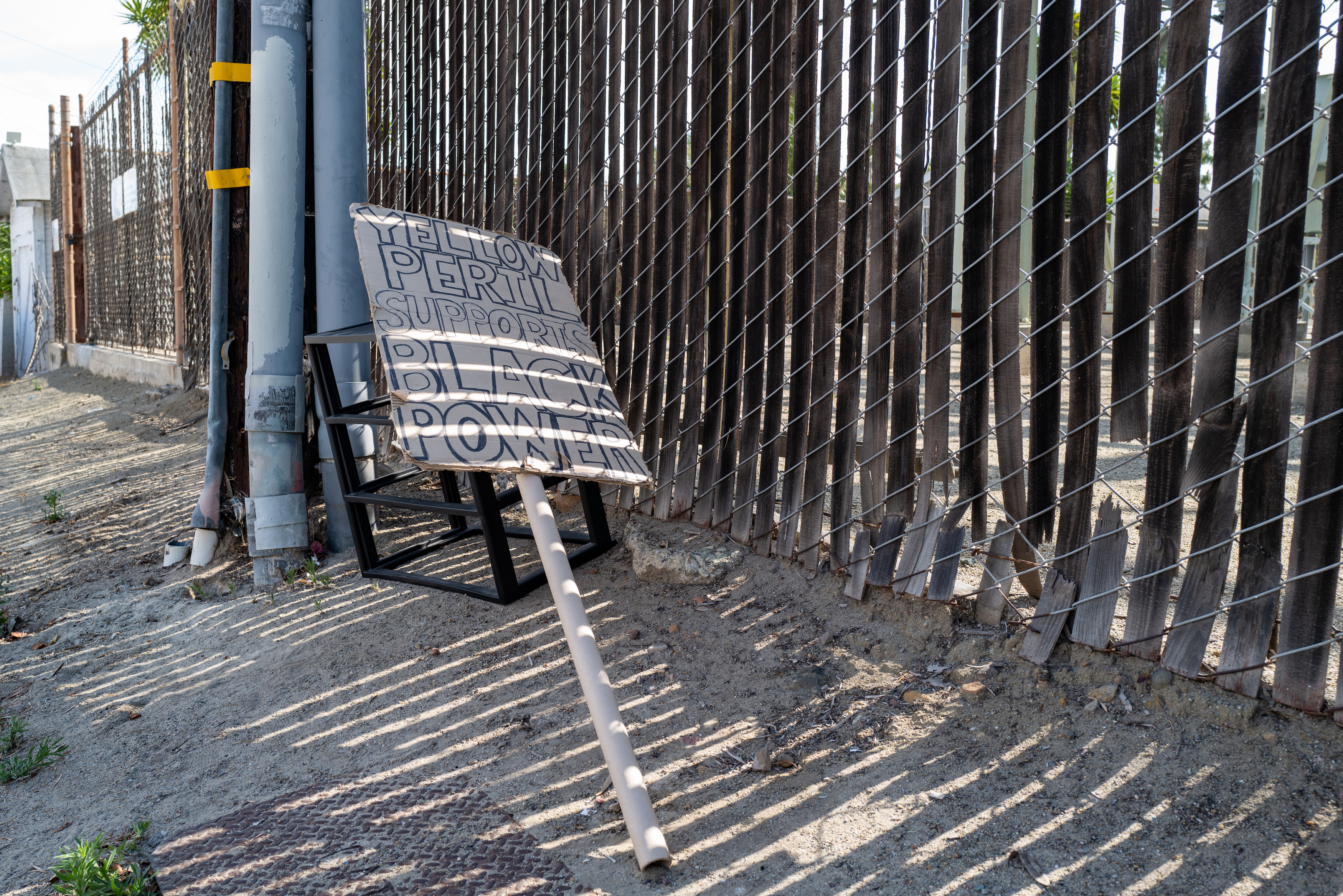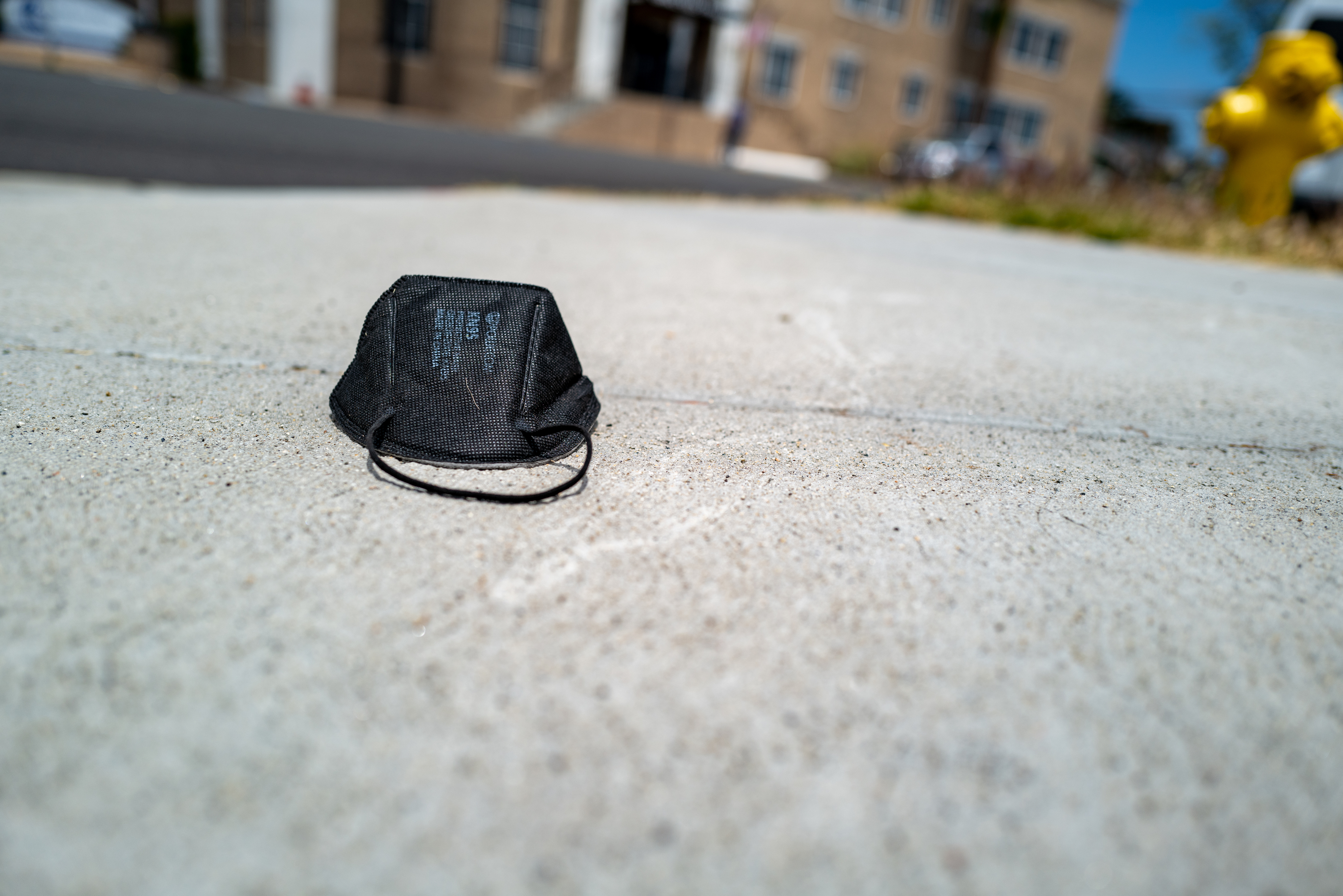Saturday supper is a burpy (or, ah, gassy) memory for some folks back home in Maine tonight. Baked beans are a traditional meal for the day—classically cooked buried in the ground under hot coals. Growing up in Aroostook County, I remember grocery stores selling Saturday fresh baked beans and bread—by the pint or quart and loaf. Yum.
Like some United Kingdom residents, we would eat beans on toast (usually cold on hot crust), typically for breakfast. As a youngster, I saw it as poor-man’s-food when short on other options, not realizing that we consumed something quite tasty and traditional.


